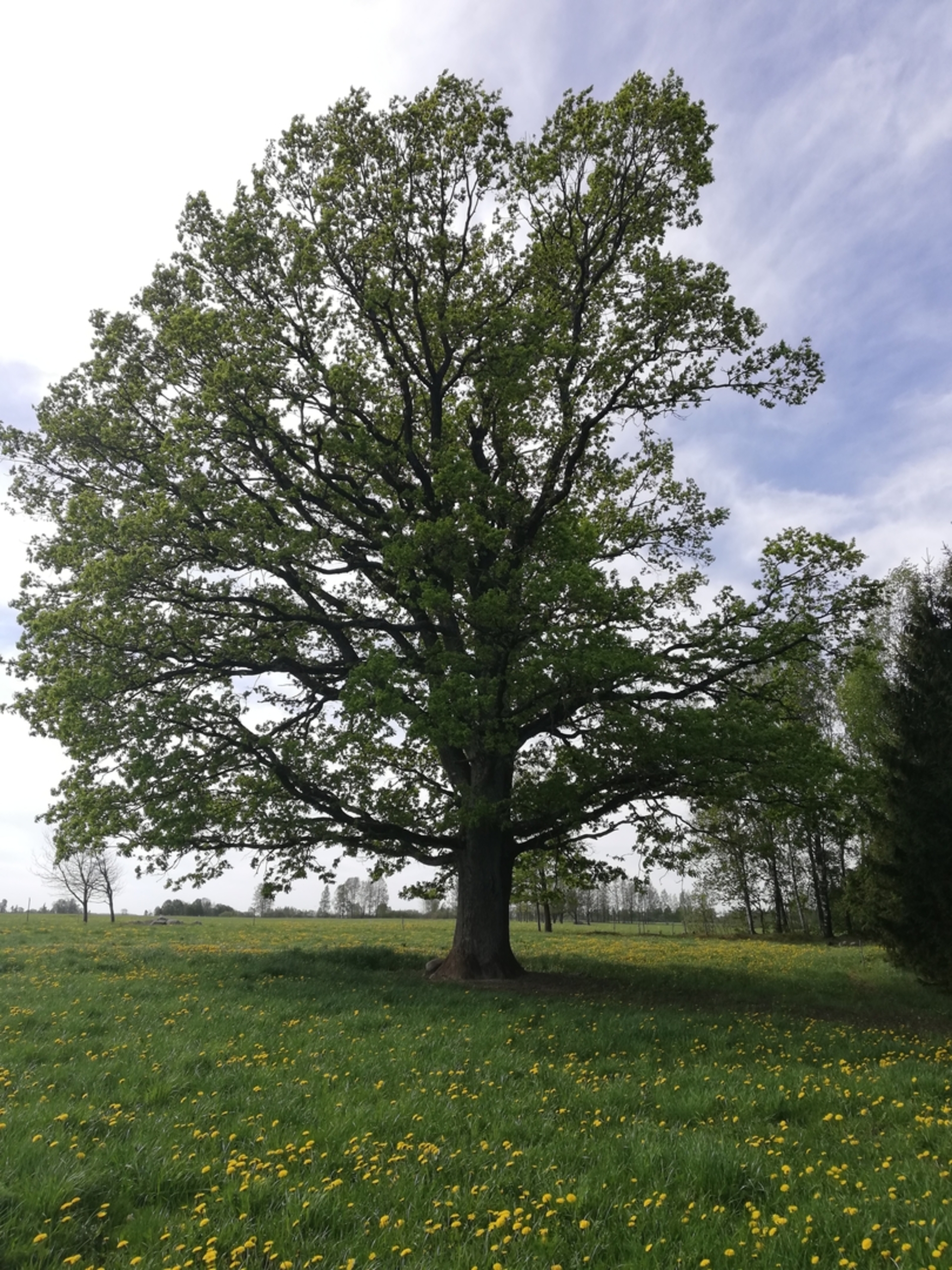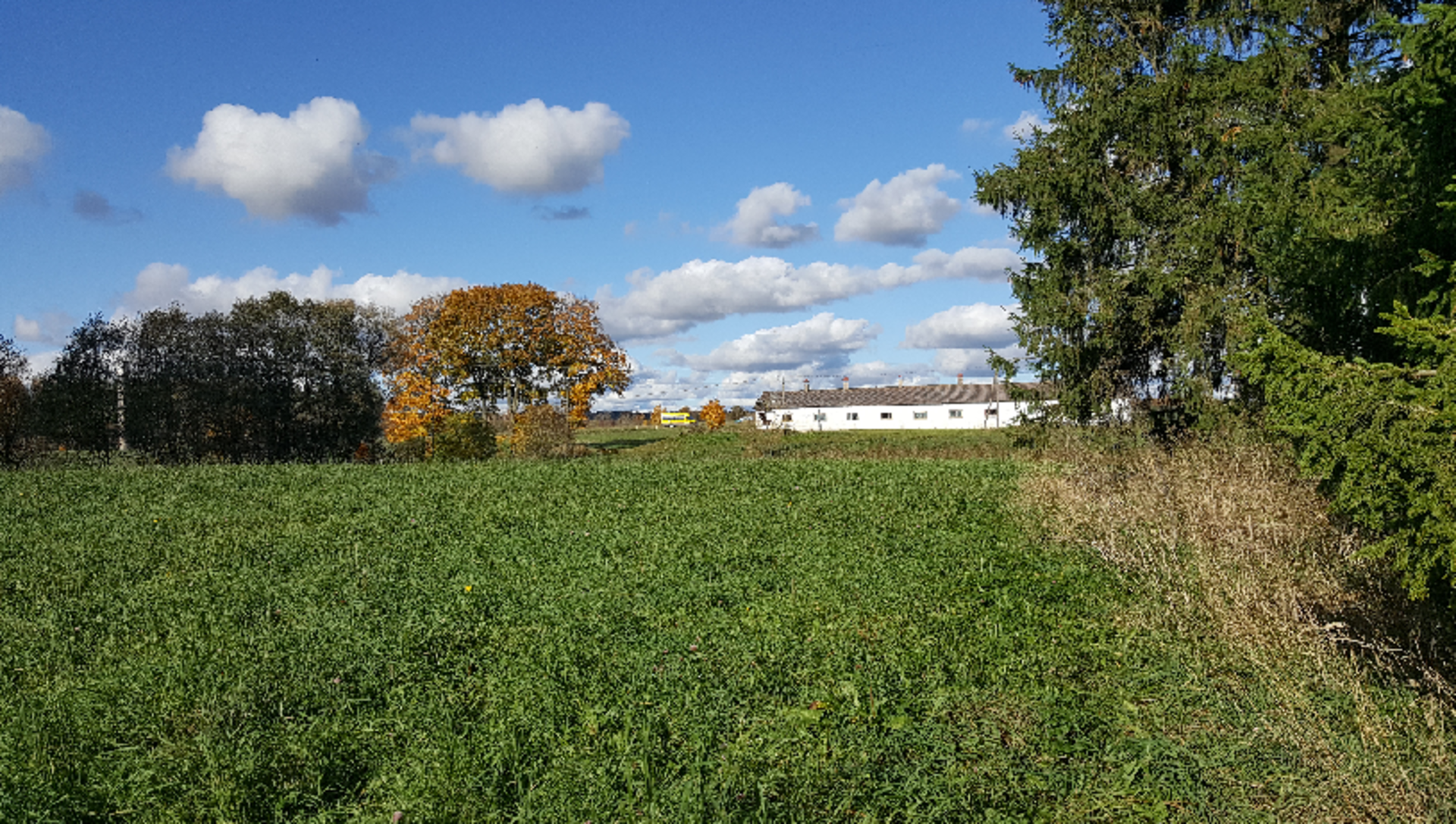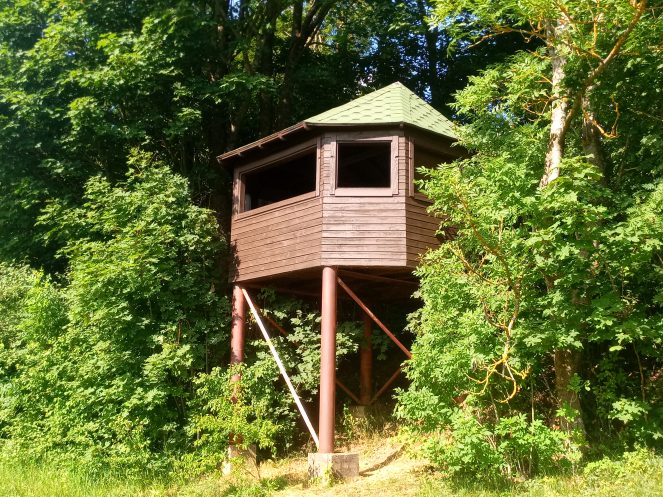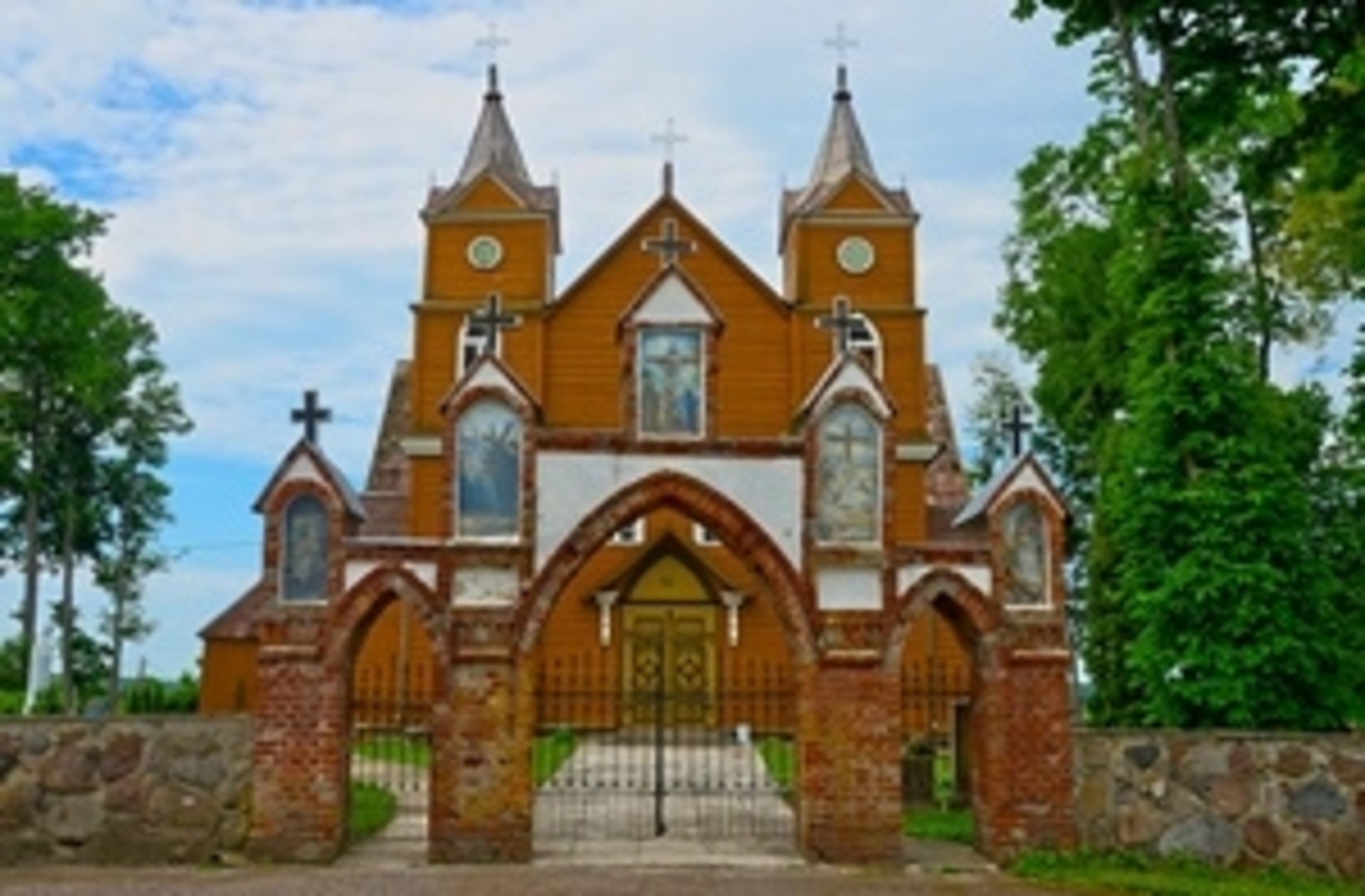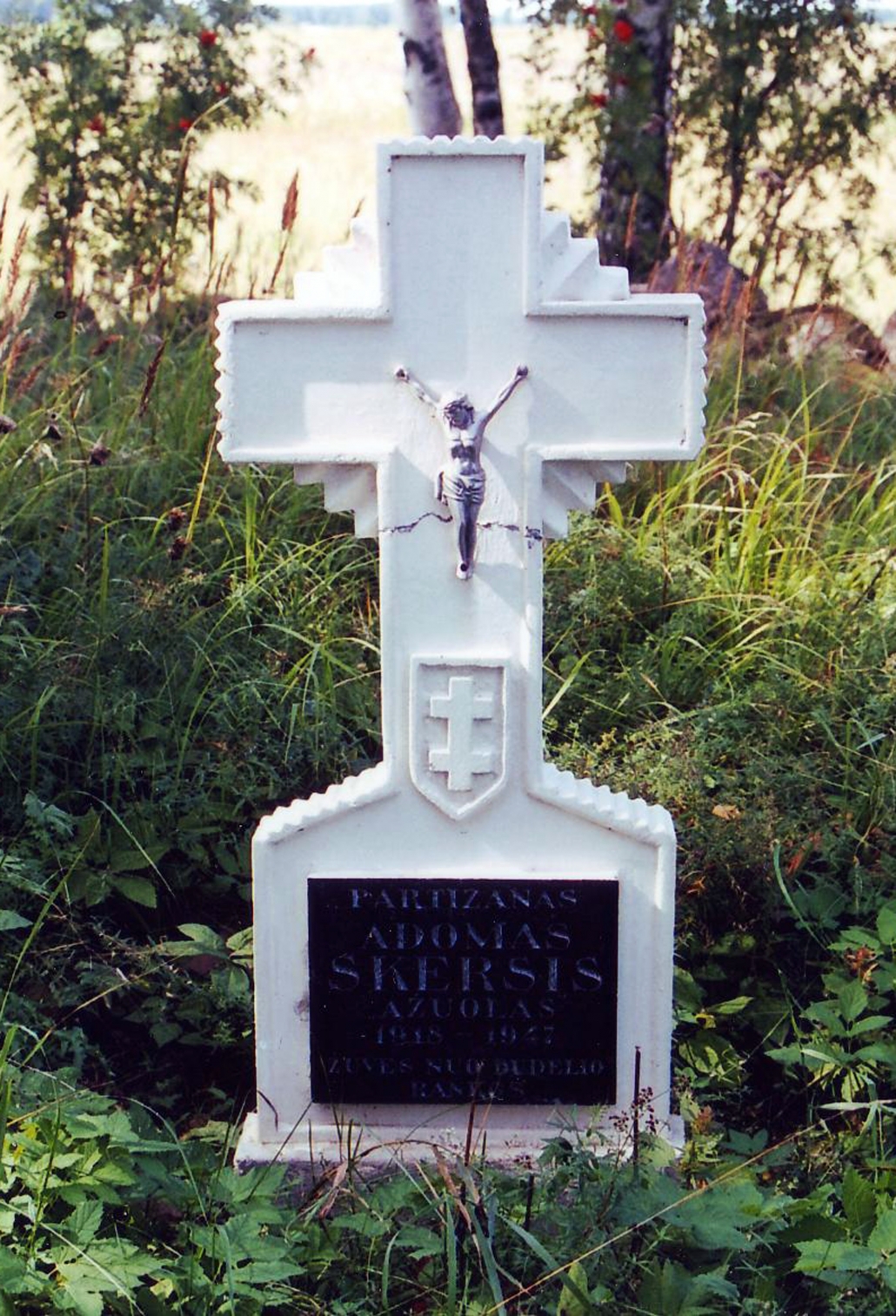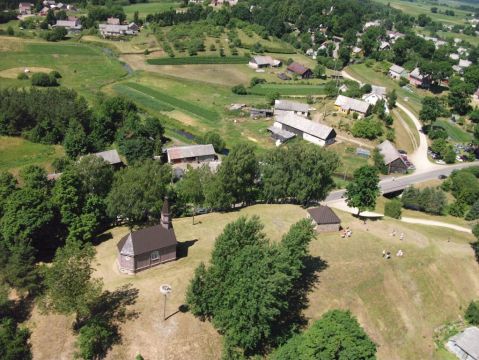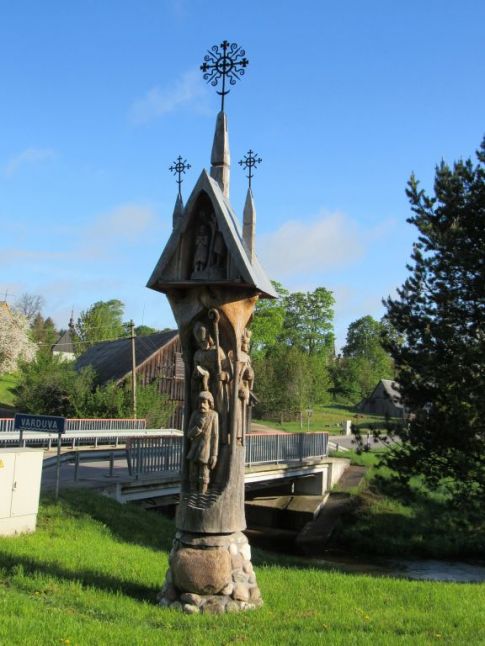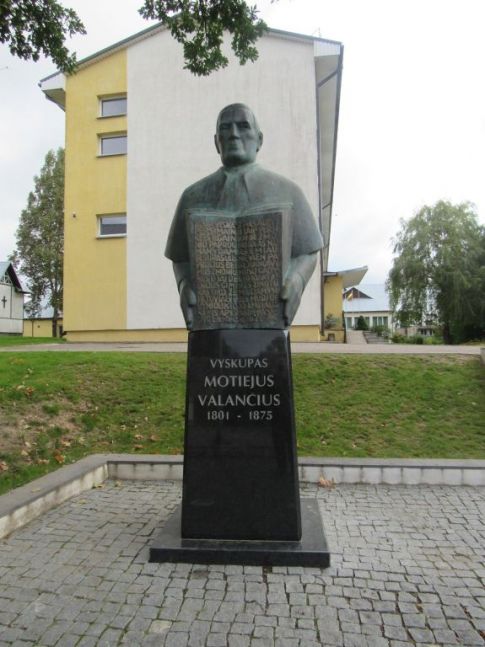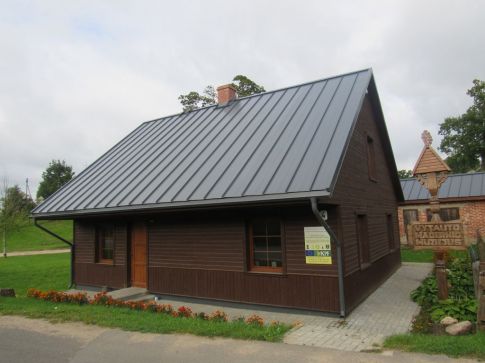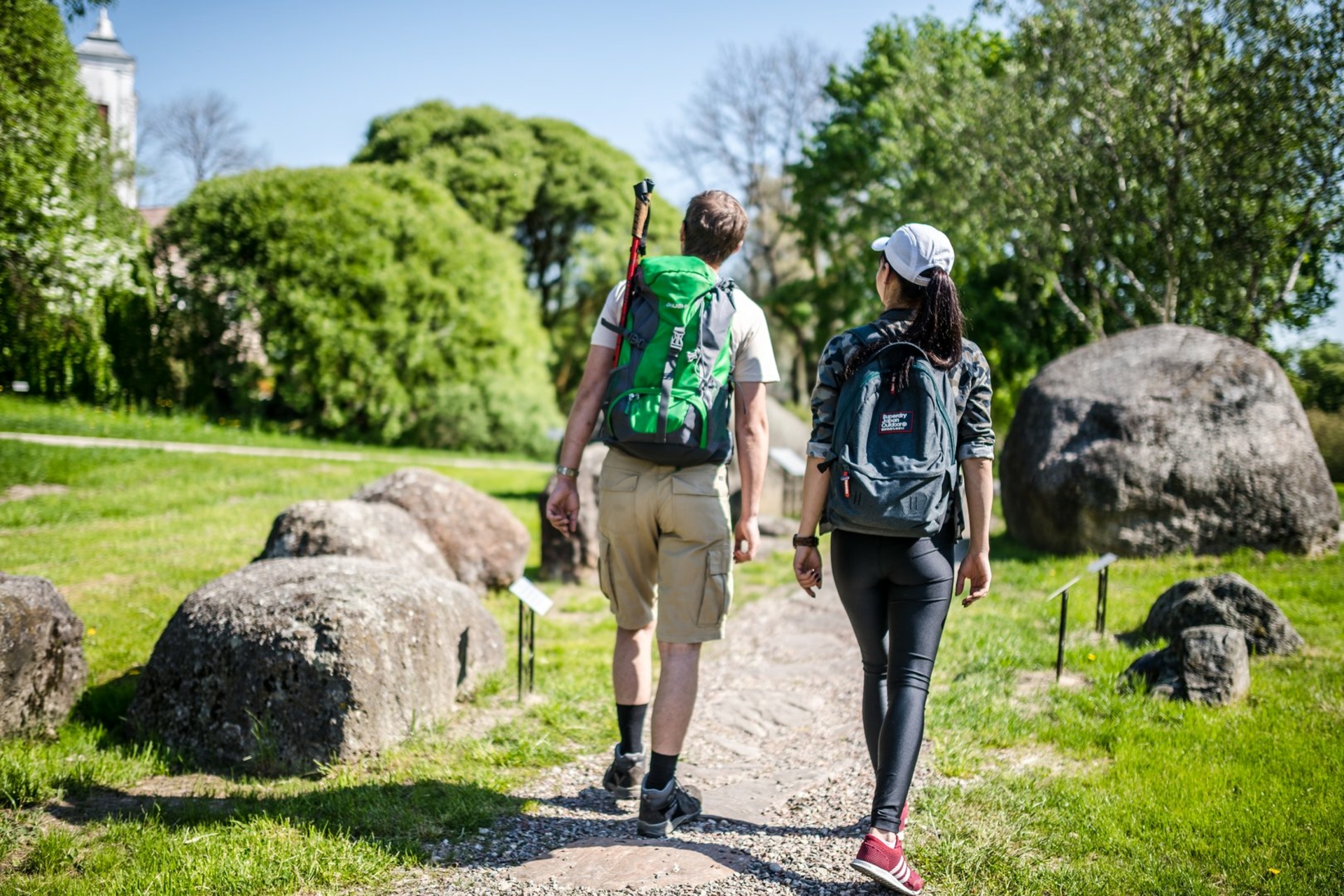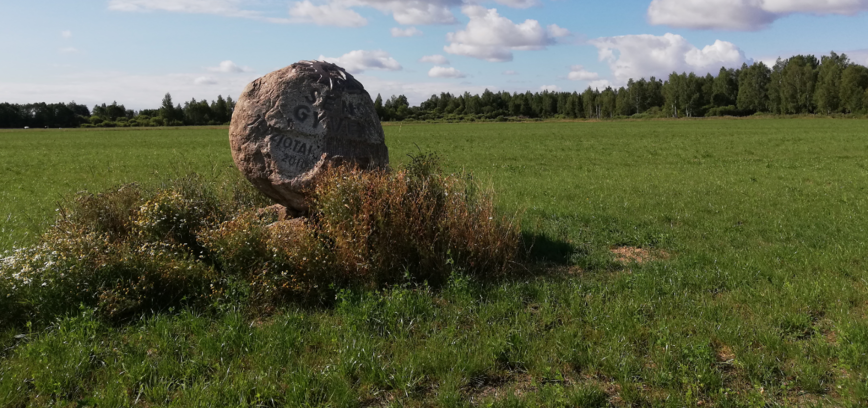Jedžiotai, Klauseikiai Ancient Settlement

49

0

0
The Jedžiotai settlement, located in the northern part of Skuodas district, is a protected cultural heritage site with a history dating back to the Stone Age. This 3.74-hectare archaeological monument, situated near the Luoba River, revealed ancient tools in 1932. The settlement caught researchers' attention as early as the 20th century, when archaeological investigations confirmed valuable findings, including bronze buckles and stone axes. Accessible from the Skuodas–Mažeikiai crossroads, it annually attracts history enthusiasts and travelers interested in cultural heritage.
Info
-

Historical Heritage
-
Whats new?
Nearby attractions
Nearest museums

 Entertainment
Entertainment
 Food establishments
Food establishments





























 56.266, 21.712
56.266, 21.712
 Get directions
Get directions








